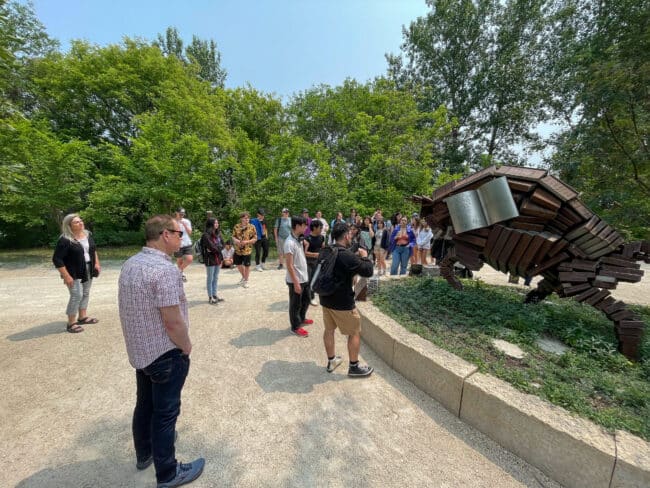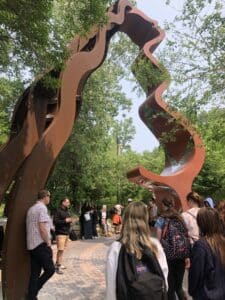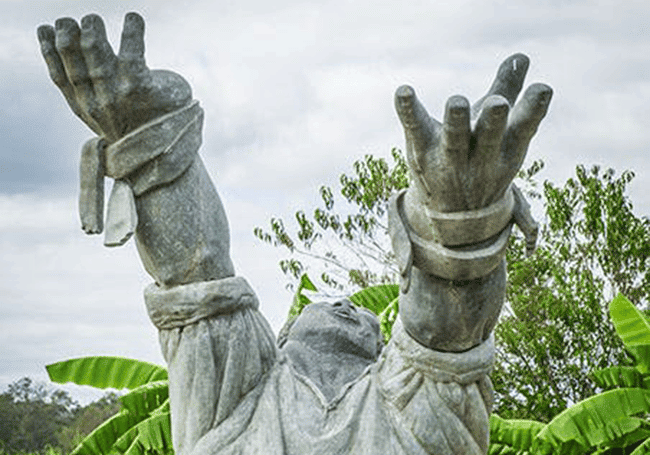With teaching U.S. history in a different country, we are always striving to find connections and impacts that apply to our local contexts. With Clint Smith’s How the Word Is Passed, our class found a wonderful way to connect contested histories both in the United States and Canada.
In using the How We Remember lesson plan, our students engaged with Smith’s writing and started to explore the spaces he visited where the history of enslavement is either remembered or forgotten.

The Métis Walking Tour
Our students became ‘curators of difficult knowledge.’ They were tasked with coming up with a way to both uncover the hidden histories of a particular place, while also creating a site of remembering that honours true history, and invites learning and community.
As a wrap up to their projects, the students connected their learning by travelling to The Forks in Winnipeg, Manitoba (a contested historical site) to see how the past is remembered in a Canadian context. Leading our workshop was an Indigenous Education Leader from Louis Riel School Division. He compassionately led our team through the Métis Walking Tour. We learned about the rich Indigenous histories as well as the history of colonization in the area. The message was clear, first we must learn what has been deliberately forgotten, then we must find a way to move forward, collectively for a better future. Thank you to Louis Riel School Division!

The Forks in Winnipeg, Manitoba
As a rural K–12 school, we rarely get opportunities to connect with students and teachers from urban schools in our province. In order to bridge that divide, we collaborated on this project with Mr. Jared Suderman from Glenlawn Collegiate in Winnipeg. Our students met up prior to the tour and were able to share a meal together and create community prior to engaging with the tour.
In my opinion, this was a rich learning experience that taught the whole team about the complexities of presenting history in public spaces!







Twitter
Google plus
LinkedIn